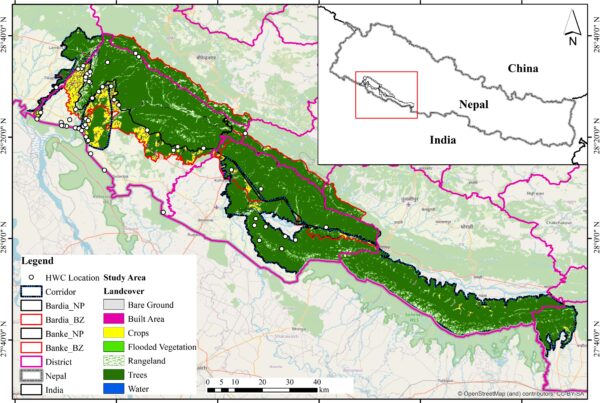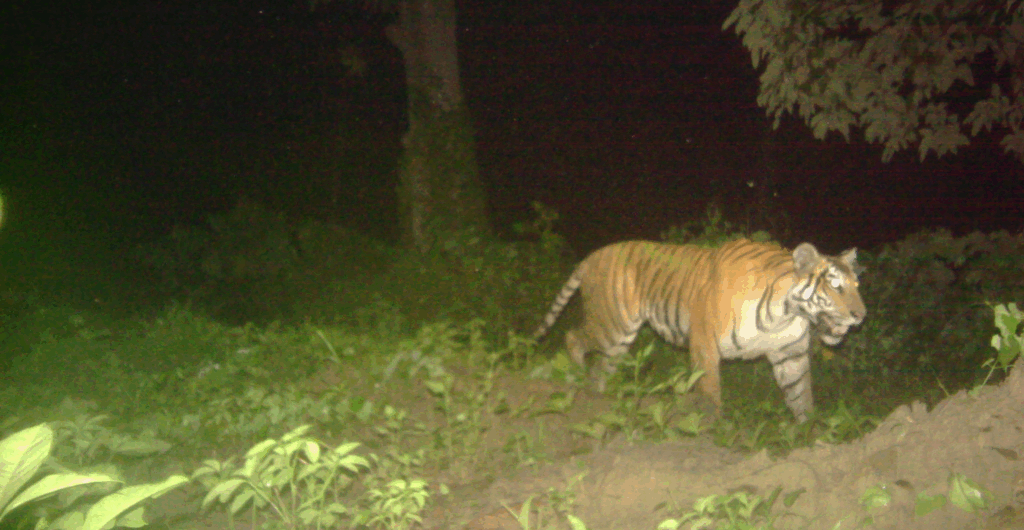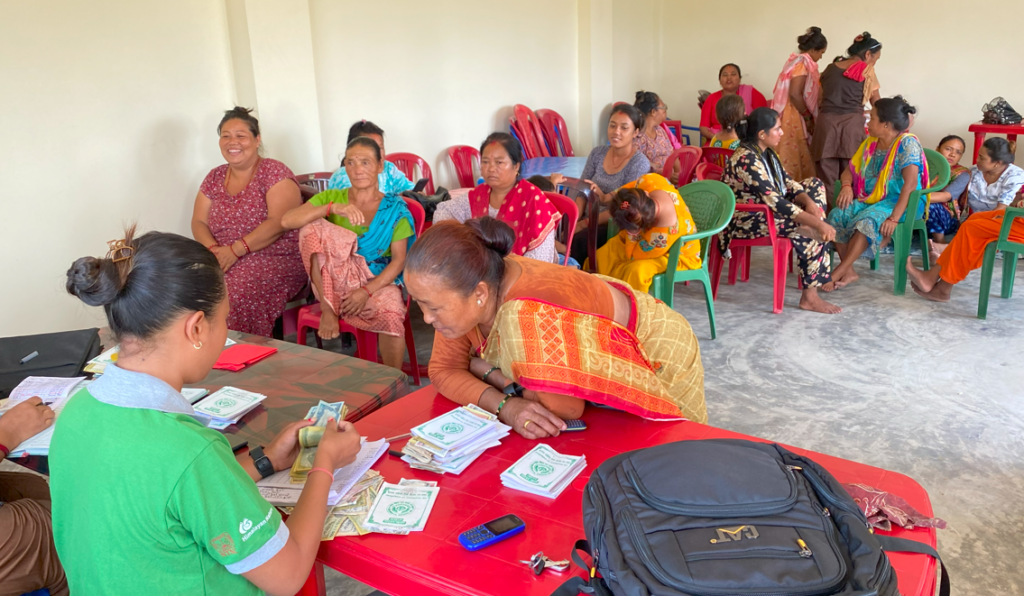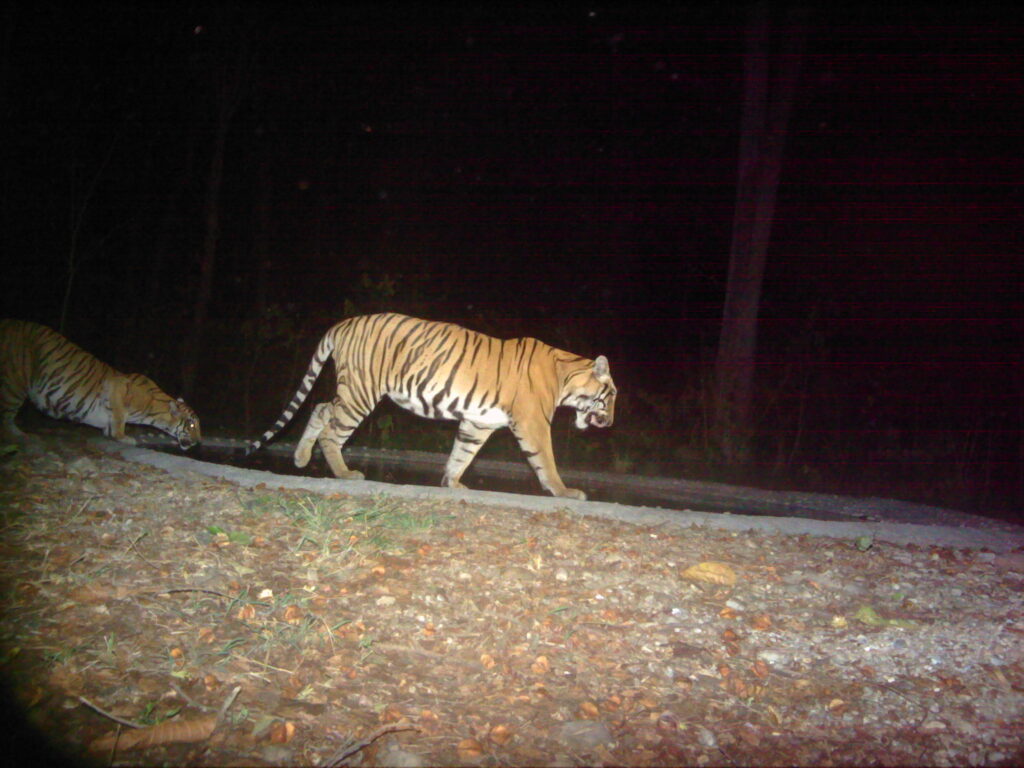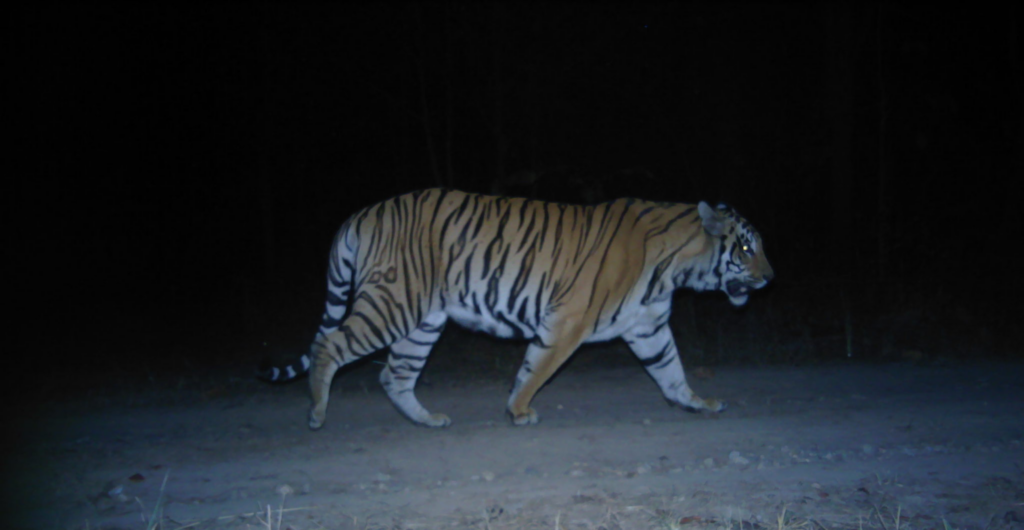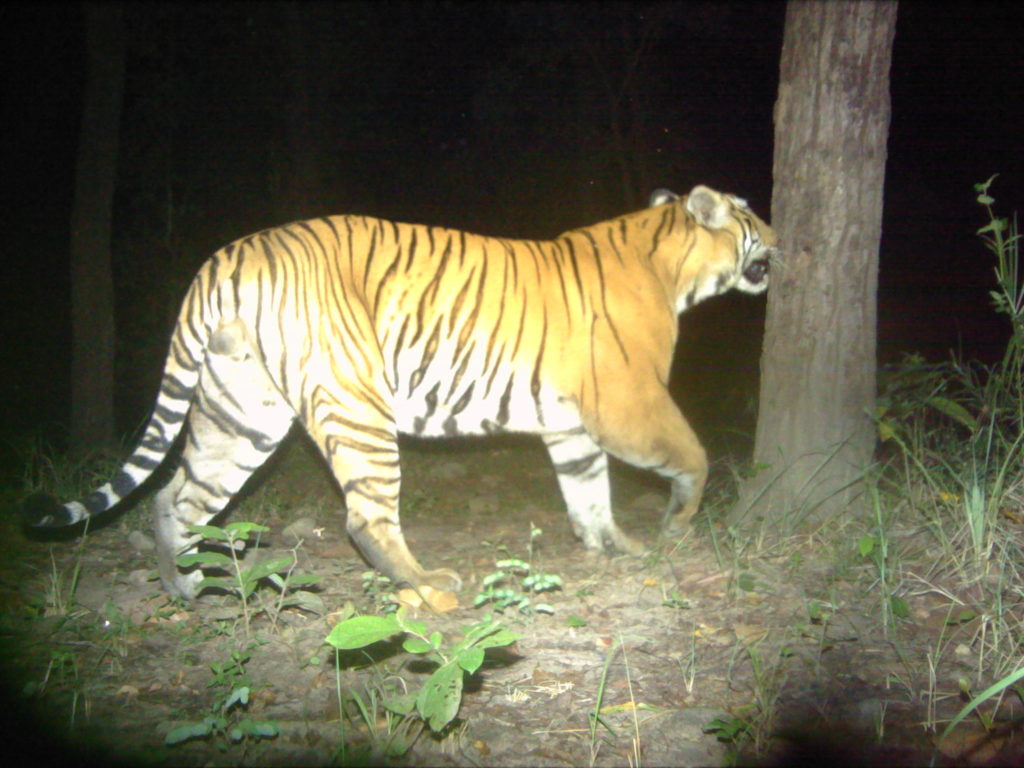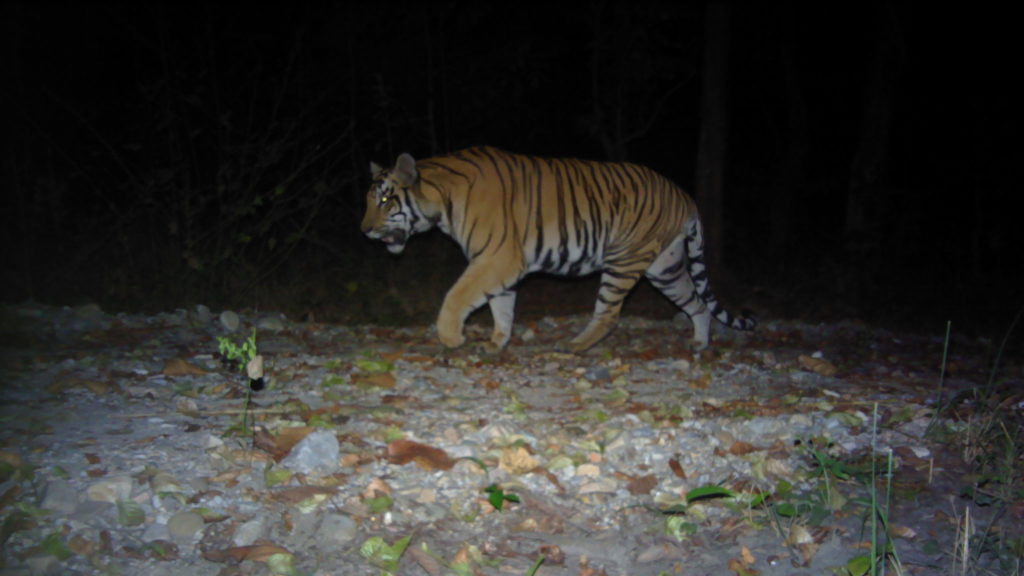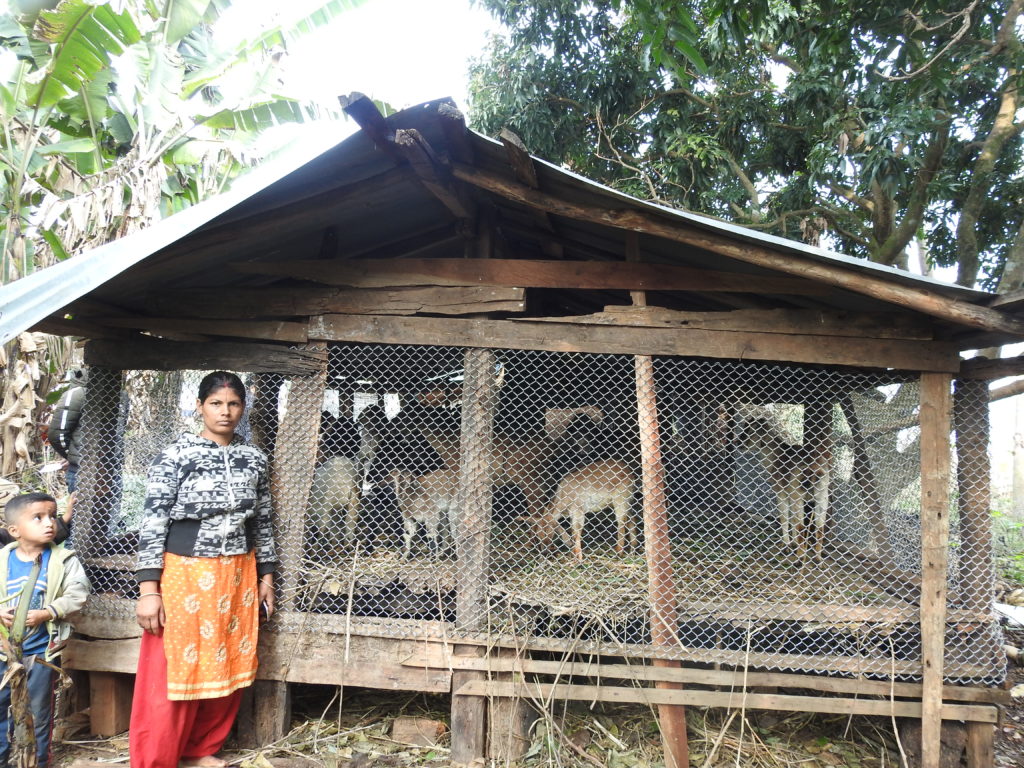Implementing partner:
Zoological Society of London (ZSL Nepal)
Project name:
Strengthening institutional capacity and collaboration for the conservation of Bengal tigers
Location:
Parsa National Park (PNP), Central Nepal
Goal:
Parsa National Park and adjacent habitat are secured to support increasing Bengal tiger populations through strengthened institutional capacity, collaboration with local people, and improved surveillance to reduce threats to tigers and prey animals across the landscape.
- Objective 1: Maintain and improve the habitat within Parsa National Park to reduce the occurrence of tigers venturing into human settlements
- in addition aising
- Objective 2: Increase awareness in educational institutions and mobilise local young people to spread awareness on conservation and promote human-wildlife coexistence.


